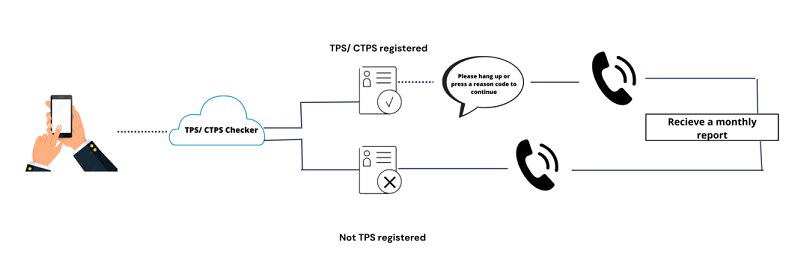Whether your business has ever experienced a successful cyber-attack, or you are simply worried about the potential dangers of a successful breach, learning more about the common causes can prove invaluable. The more that you understand about how a successful cyber-attack occurs, the better able you are to protect your business, your staff and your customers.

The list below outlines the most common causes of successful cyber-attacks.
An Insider Threat
An insider threat is performed by a current or former employee, a contractor or a business partner who still has access to your organization, data, systems or network. Proofpoint explains that one-third of organizations have experienced some form of insider threat. Insider threats account for 50% of incidents where private or sensitive information was exposed. It also accounts for 40% of incidents where employee records were compromised or stolen and 33% of incidents where customer records were compromised or stolen.
A successful insider threat can occur as a result of malicious intentions such as fraud, espionage or sabotage. It is also common for an insider threat to be caused by inadvertent reasons, such as human error.
Training your staff about the best cybersecurity practices is essential for protecting your organization against a successful insider threat. You should also be careful about who is authorized to access sensitive company information.
Security Vulnerabilities
It is very common for businesses, especially small businesses, to have some form of security vulnerabilities. Unfortunately, it is very common for small businesses to be completely unaware of their security vulnerabilities until after a successful cyber-attack has occurred.
In order to prevent a successful cyber-attack from occurring you will need to make sure you are using up-to-date, comprehensive cybersecurity measures. You will also need to regularly scan your systems in order to stay aware of threats.
Malware
Research has found that over five malware attacks are occurring every single second. The term malware refers to malicious software, which is an umbrella term that describes all forms of malicious programs and code.
Malware most commonly enters your computer either via the internet or over email. Malware can be downloaded when you are installing an infected program, using a seemingly legitimate application or clicking on a malicious link.
Unfortunately, malware can be very difficult to spot, as a hacker can gain access to your computer systems and data without you even realizing. For this reason, and to avoid the potentially devastating effects of a successful malware attack, it is essential that you have proactive cybersecurity measures.
In today’s world, a successful cyber-attack can be over in a few minutes, but its effects can last for years. A successful cyber-attack can cause you reputational damages that can last for years. Not only will your credibility be damaged but also your productivity, as you will lose precious working hours trying to recover. Depending on the scale and focus of the cyber-attack, you might also be liable to legal action if the attack has resulted in a loss of customer information.

Frank Partnoy is a tech blogger who loves to share his thoughts about the latest gadgets and technology. He loves everything from smartphones, laptops, tablets and more!













